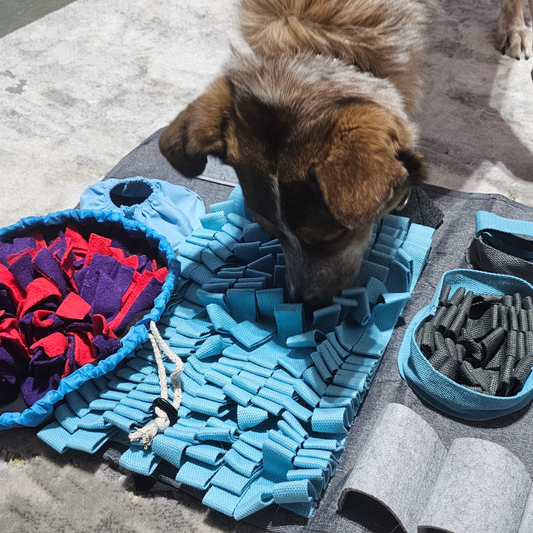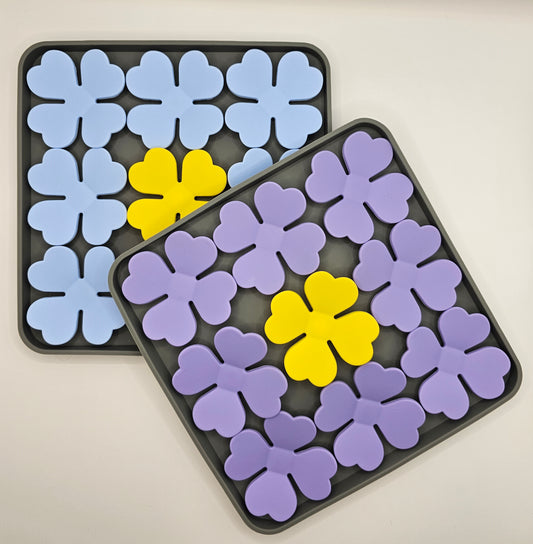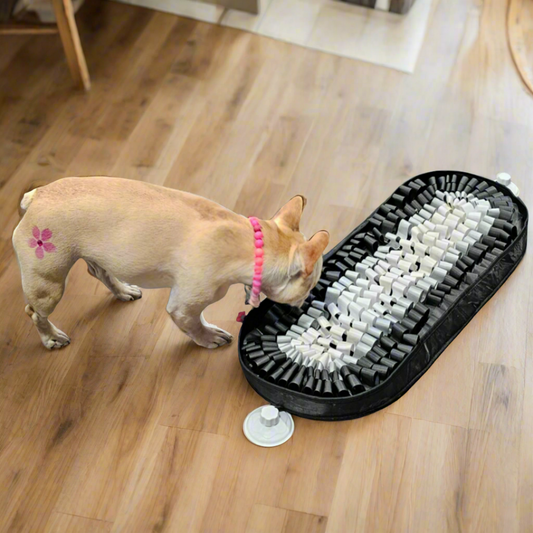Cautionary "Tail": Pet Poison Warning⚠️
Easter Lilies and Other Toxic Plants
Introduction:
Easter is a time for celebration and renewal, and many people choose to decorate their homes with beautiful flowers and plants to mark the occasion. However, some plants can be toxic to our furry friends, and it's important to be aware of these dangers to keep our pets safe. Those affected include cats, dogs, rabbits, guinea pigs and even humans. In this article, we'll take a closer look at Easter lilies and other plants that can be toxic to pets, and provide some tips on how to keep your family and pets safe.
Easter Lilies:
Easter lilies are a popular choice for many during the holiday season, but did you know that all parts of the plant are toxic to cats and can cause kidney failure? Even a small amount of the plant, including pollen, can be dangerous, and symptoms of poisoning may include vomiting, diarrhea, seizures, difficulty breathing and lethargy. If you suspect that your pet has ingested any part of an Easter lily, it's important to seek veterinary care right away. With prompt treatment, the chances of a full recovery are much higher.
Other Toxic Plants:
Easter lilies aren't the only plants that can be dangerous to our pets. Other common plants that can be toxic include aloe vera, azaleas, rhododendrons, sago palms, daffodils, and tulips. Azaleas, for example, contain a substance called grayanotoxin, which can cause vomiting, diarrhea, and in severe cases, cardiac failure. Daffodils and tulips contain substances that can cause vomiting, diarrhea, and even convulsions. If you're unsure whether a plant is toxic, it's best to err on the side of caution and keep it away from your pets.
What to Do if Your Pet Gets into a Toxic Plant:
If you suspect that your pet has ingested a toxic plant, it's important to act quickly. Call your veterinarian or a pet poison control hotline right away and provide as much information as possible about the plant your pet may have ingested. Depending on the severity of the poisoning, your pet may need to receive treatment such as induced vomiting, activated charcoal, or even hospitalization.
Preventing Toxic Plant Ingestion:
The best way to protect your pets from toxic plants is to keep them out of your home and yard. If you do have plants that are toxic to pets, keep them out of reach or use pet-friendly alternatives. Additionally, keep an eye on your pets when they are outside and discourage them from eating plants they come across. Instead offer them safe options such as cat grass (yes, even dogs like it) or hide treats in Pet Puzzles & Snuffhttps://youtu.be/FtdWpl91wJAle Mats to enrich their environment and reduce their desire to chew on toxic plants.
Conclusion:
Easter lilies and other toxic plants can pose a serious danger to our pets, but with a little knowledge and preparation, we can help keep our furry friends safe. Remember to be aware of the risks, By keeping these plants out of your home and yard, knowing what to do if your pet does get into a toxic plant and seek veterinary care right away if you suspect that your pet has ingested a toxic plant. With these tips in mind, you can enjoy the holiday season with peace of mind, knowing that your pets are safe and healthy.
Feel free to reach out with questions.
Best Regards, Fran





